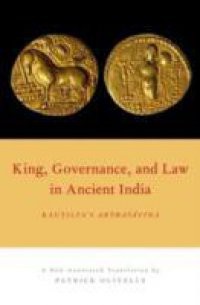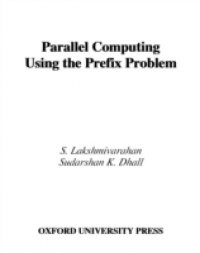King, Governance, and Law in Ancient India presents an English translation of Kautilya's Arthasastra (AS.) along with detailed endnotes. When it was discovered around 1905, the AS. was described as perhaps the most precious work in the whole range of Sanskrit literature, an assessment that still rings true. Patrick Olivelle's new translation of this significant text, the first in close to half a century, takes into account a number of important advances in our knowledge of the texts, inscriptions, and archeological and art historical remains from the period in Indian history to which the AS. belongs. The AS. is what we would today call a scientific treatise. It codifies a body of knowledge handed down in expert traditions and is specifically interested in two things: first, how a king can expand his territory, keep enemies at bay, enhance his external power, and amass riches; second, how a king can best organize his state bureaucracy to consolidate his internal power, to suppress internal enemies, to expand the economy, to enhance his treasury through taxes, duties, and entrepreneurial activities, to keep law and order, and to settle disputes among his subjects. The AS. stands alone: there is nothing like it before and there is nothing like it after.















